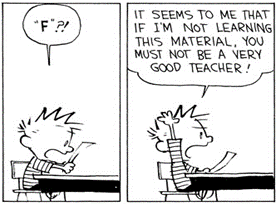
Over the decades much has been said and written about the negative impact of peer pressure on young people. In case you have missed it, here is a summary of what peer pressure is and the negative impact it can have:
Peer Pressure: Peer pressure is akin to the idea of conformity. It occurs when an individual feels as though they need to do the same things as people their own age or in their social group to be liked or accepted. Peer pressure tends to grow in intensity as students move up through the grades; by the time they reach high school, fitting in has become a priority – and often a source of anxiety—to many. While peer pressure can be manifested in any number of ways, it is typically focused in a few common areas: Drugs and alcohol, stealing, sexual activity, bullying and dangerous behaviour.

Interestingly, educational research is now confirming what many have assumed or guessed over the years: Who you sit next to in class and who you learn with can have a significant impact on your capacity for educational success. This now has a label – The Peer Effect.
The Peer Effect: Peer influence can mobilise students’ energy and motivate them for success. Peers can act as positive role models. Stronger students do have some impact on their peers and improves the overall academic performance.

That means that if you are in a class where you feel safe and your peers value education and want to learn, you have a much better chance of achieving your educational goals than if you are in a chaotic classroom where disruptive behaviour tends to be the norm.
We have known for years that the family background and their attitude (positive or negative) to learning has a significant impact on educational success.

We also know that the quality of the teacher plays a significant role in whether a student positively engages with his/her education, and is one of the keys to educational success.

Over the last few years the evidence that the impact of who is in your class, and the attitude they have to learning and success plays a critical role in promoting academic achievement, has become stronger.

Research has shown that an engaged learning environment increases students’ attention and focus, promotes meaningful learning experiences, encourages higher levels of student performance, and motivates students to practice higher-level critical thinking skills. In an engaged learning environment, classrooms become communities wherein learning happens. This sense of community allows students to feel connected to one another and their teachers and to engage in collaborative, active learning.
If schools acknowledge that these research findings are valid, and want to use this information to inform their approach to offering a great education, they will:
- Work with and communicate effectively with this students’ families to ensure that there is a positive partnership formed;
- Employ and support the very best educators;
- Acknowledge the impact of peer pressure on young people and help them to resist the negative impact it can have;
- Ensure that the classrooms of the school are places where students can work safely, collaboratively and in a positive, undisturbed atmosphere.

Get those things right and good outcomes follow.

Want to share your thoughts on this story, or do you have something you’d like to add? Email me at principal@scas.nsw.edu.au

